Héctor Zamora’s site-specific work for The Metropolitan Museum’s Iris and B. Gerald Cantor Roof Garden, titled Lattice Detour, (August 29–December 7, 2020) has transformed the Roof Garden terrace and view of the surrounding Manhattan skyline by utilizing one of the defining symbols of our time: the wall. Zamora has long worked with bricks, clay and pots in his career. See an example below.

Héctor Zamora Gama vibracoes centrifugas Galerias Municipais-Capa 2019
“Using modest material”, says Max Hollein, Director of The Met, ”Hector Zamora’s Lattice Detour interrupts and refocuses how visitors interact with this beloved space, situated atop The Met and surrounded by the Manhattan skyline, creating a meditation on movement, transparency, and interference. Manifesting itself as a protective wall, curved artwork, and permeable screen, Lattice Detour is a transformative, charged, and timely intervention.”
Sheena Wagstaff, The Met’s Leonard A. Lauder Chairman of Modern and Contemporary Art, added, “Well known for his site-specific installations that re-articulate public spaces and the built environment, Zamora challenges and redirects our expectations of the Cantor Roof Garden as a social space, asking the visitor to navigate a barrier to the open view beyond the parapet. Constructed of bricks composed of Mexican earth, using local labor and traditional processes, Zamora’s lattice wall is a poetic metaphor writ large, and a critique of the social, political, and economic considerations inherent in its making.”
Zamora uses the wall, which seemingly dictates how one moves around the space and also screens the view of Central Park and the Manhattan skyline, to create a response in viewers that communicates the impact of barriers: thwarting access to open, expansive outlooks on the world. Yet this wall is created for reasons beyond hindering.
The bricks, stacked eleven feet high, have been turned to their side to show their perforations; with that simple artistic gesture they let in light and allow air to flow through, referencing celosía walls—the latticed structures found in vernacular architecture of the Middle East, Africa, Iberia, and Latin America that provide shade and ventilation.
The wall’s basic unit—a terracotta brick made of Mexican earth—is an ancient building material that relates more closely to the natural environment of the park than to the steel skyscrapers rising high on the horizon. As visitors navigate around the wall’s gentle arc, they notice the tactility of the structure’s materiality as well as the geometric patterns and shadows cast by the lattice.
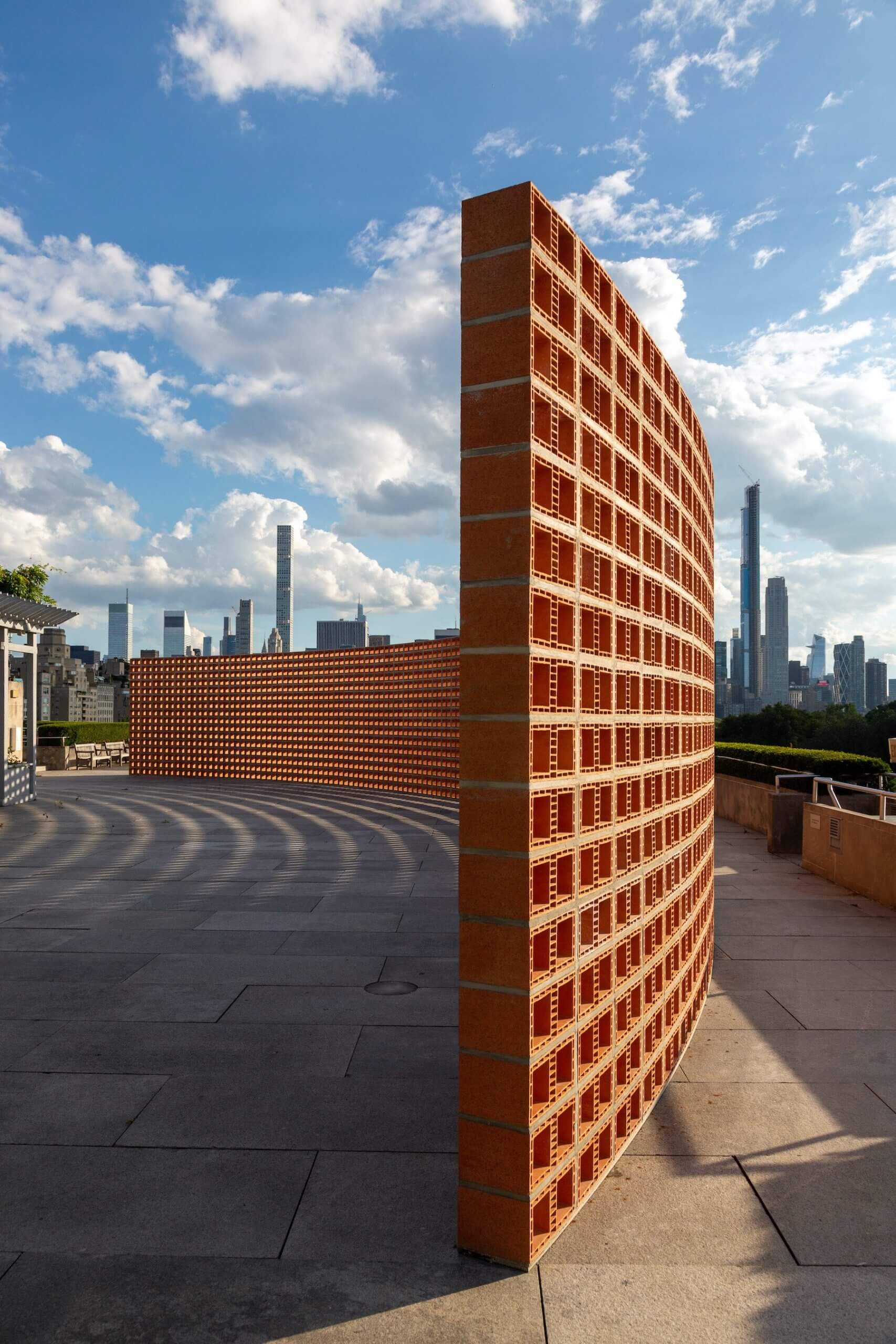
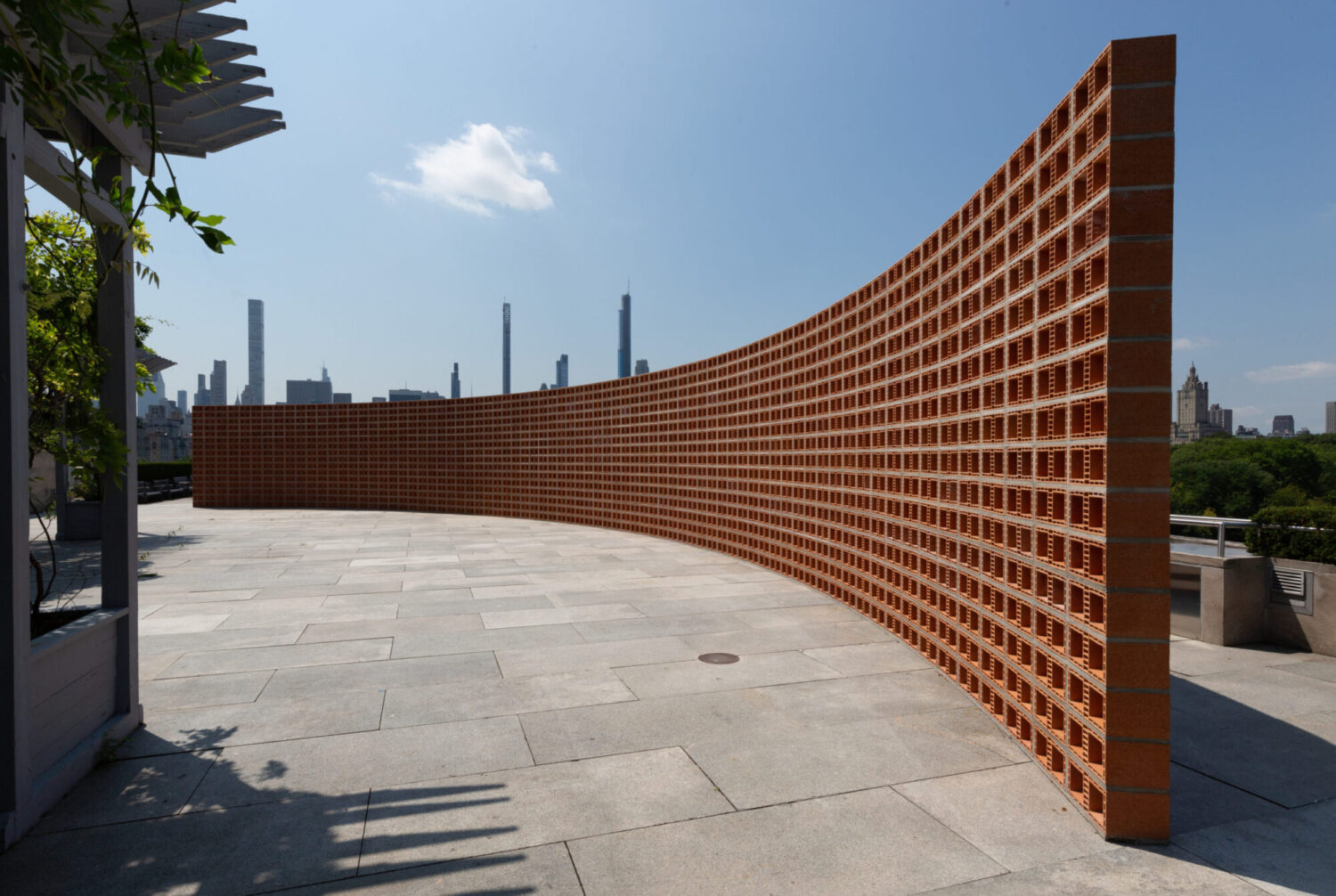
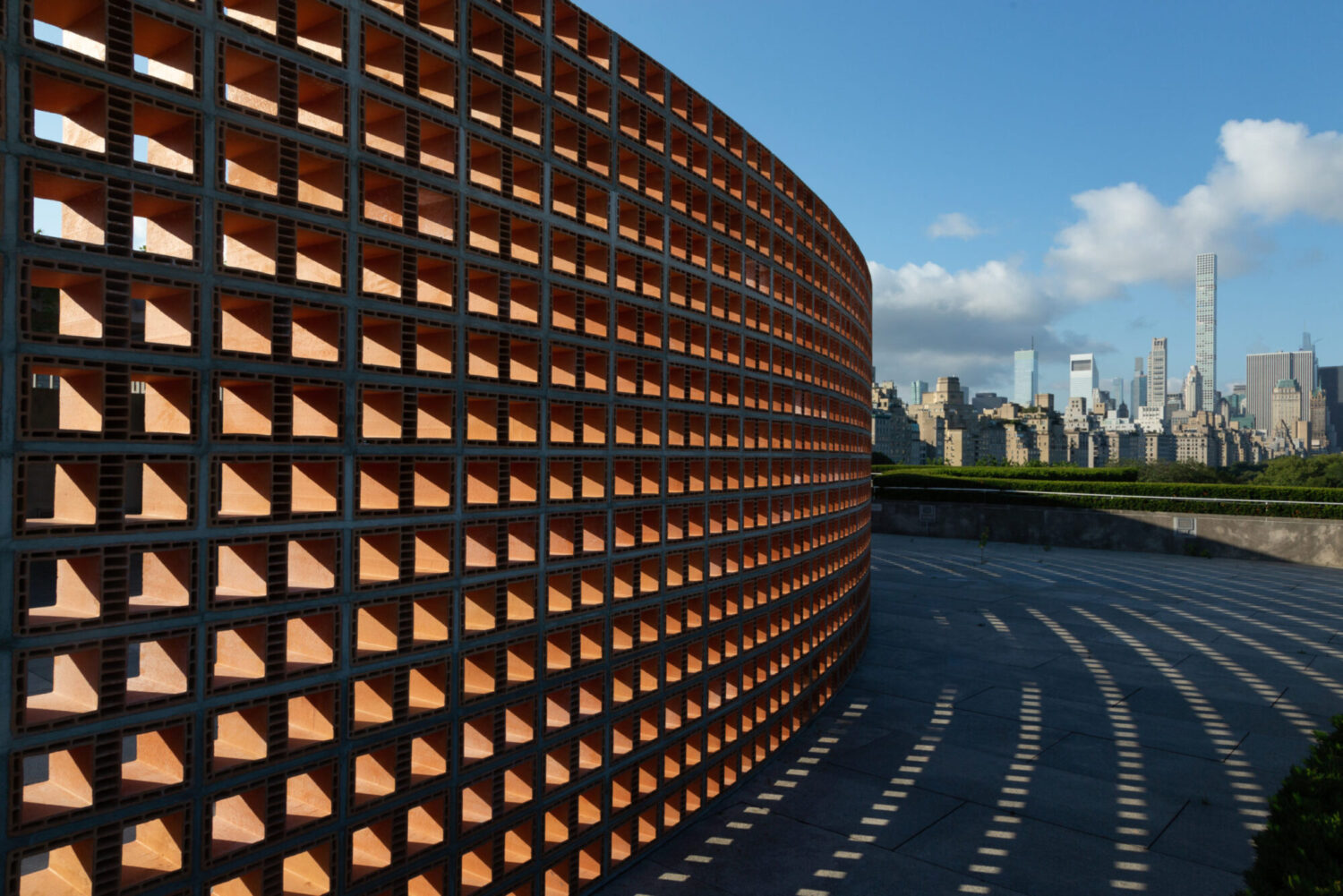

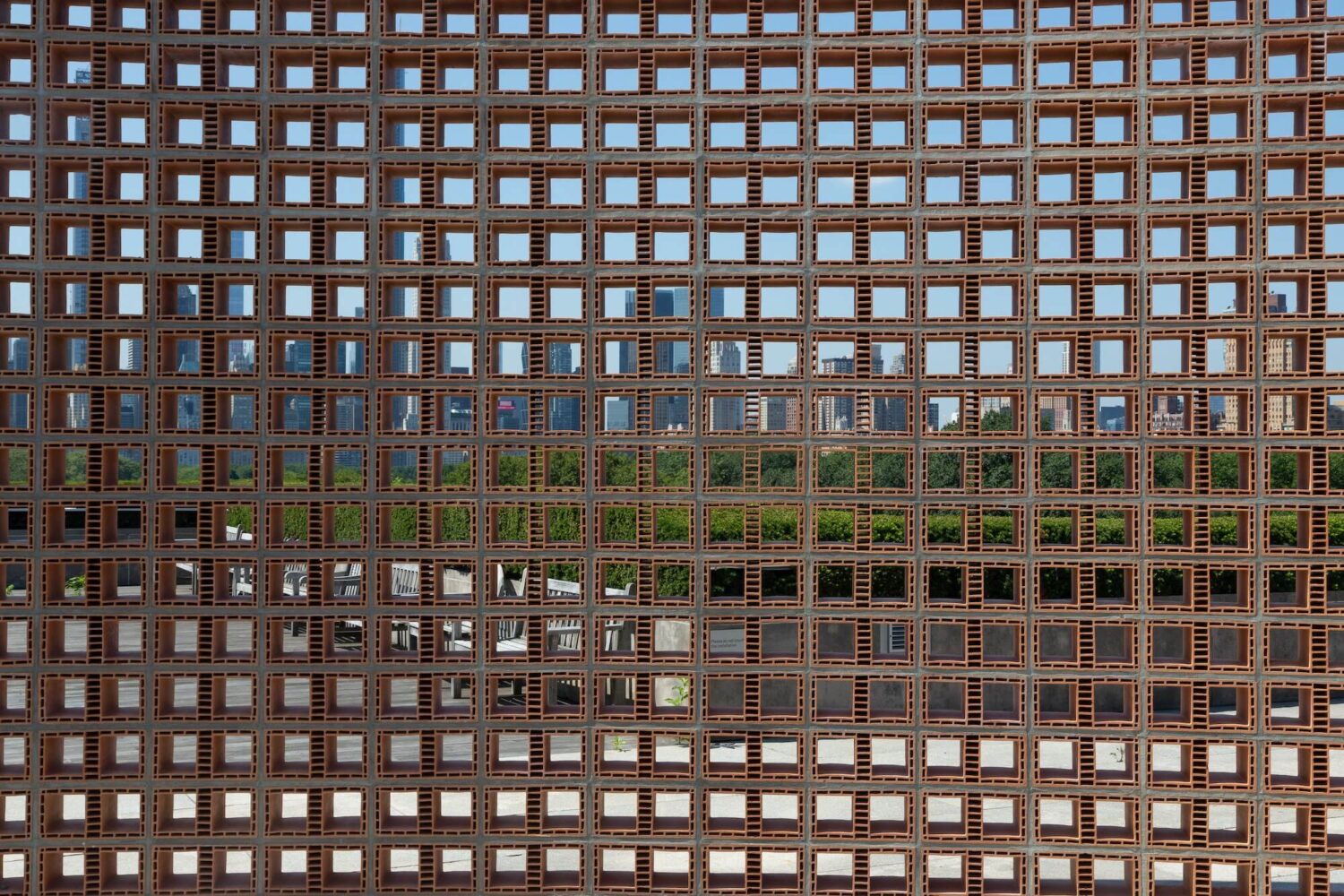
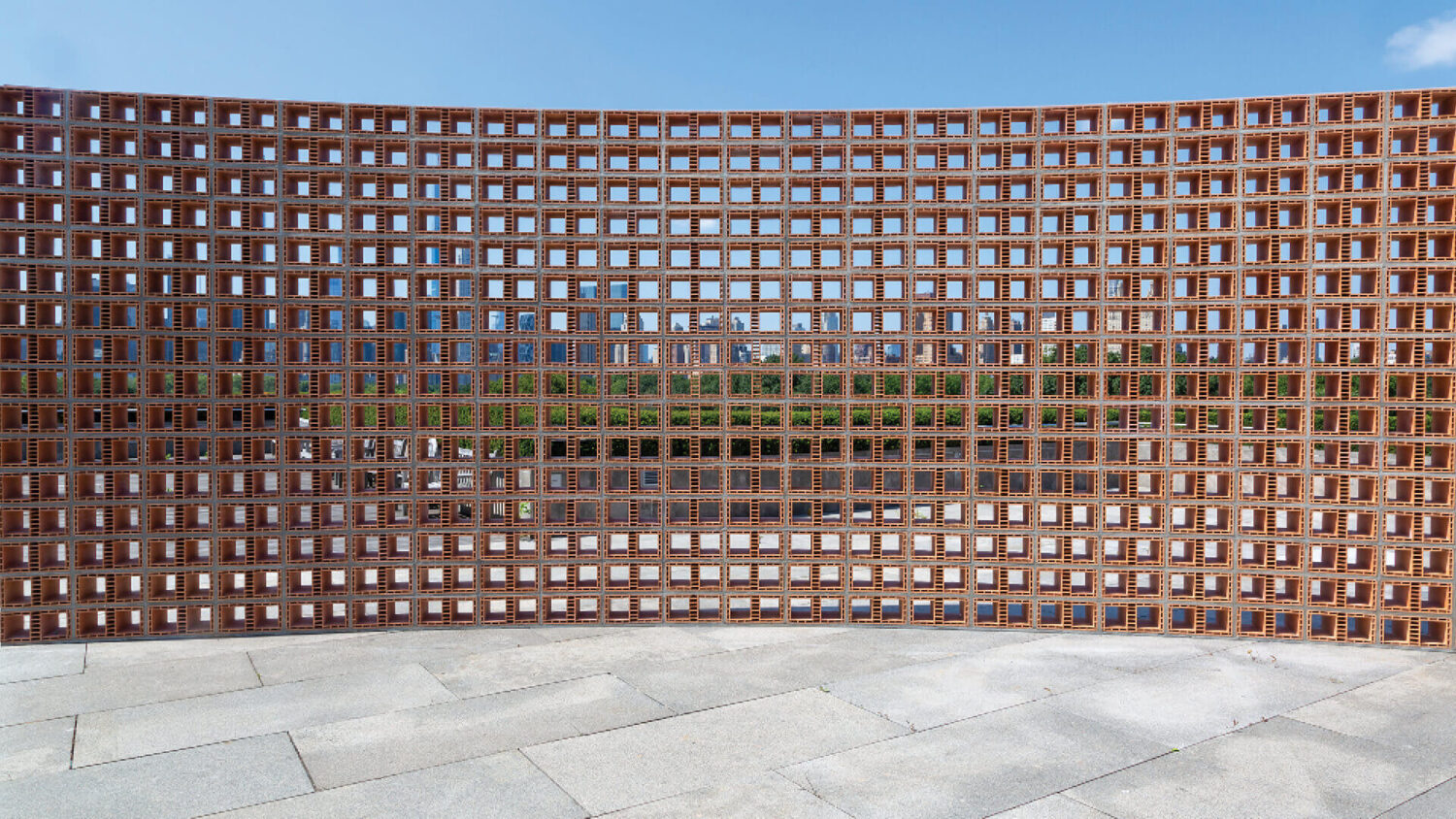
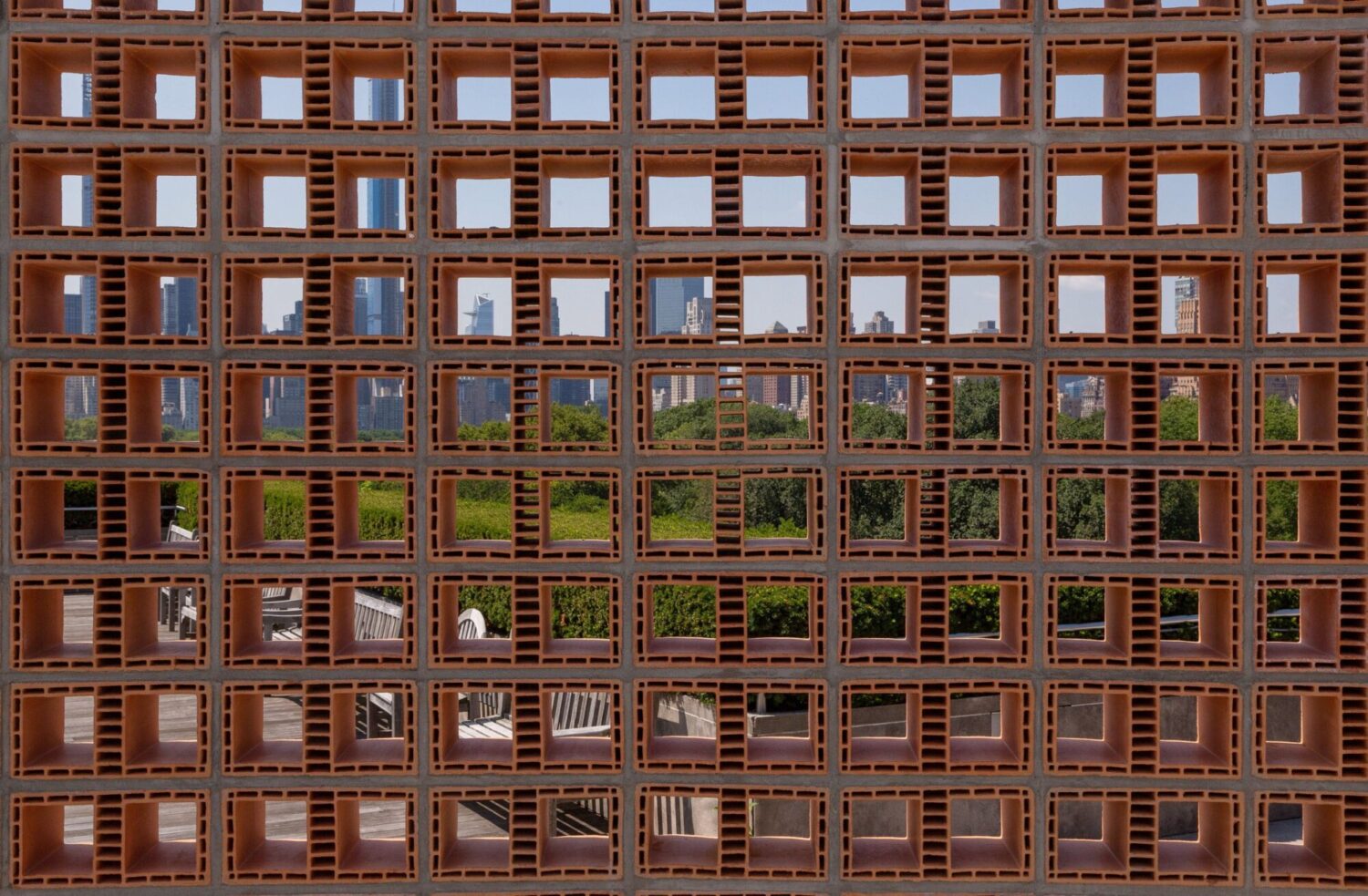
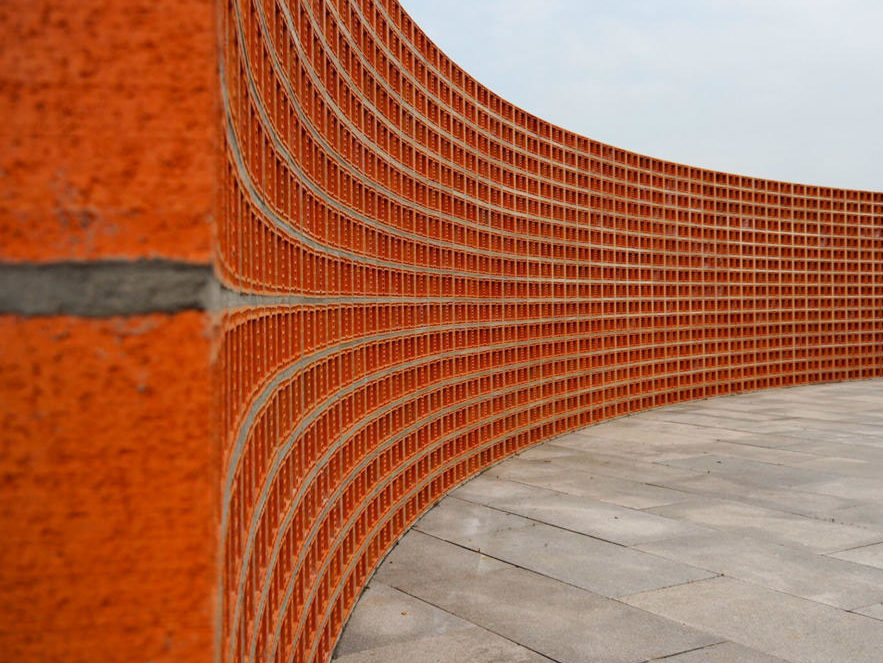
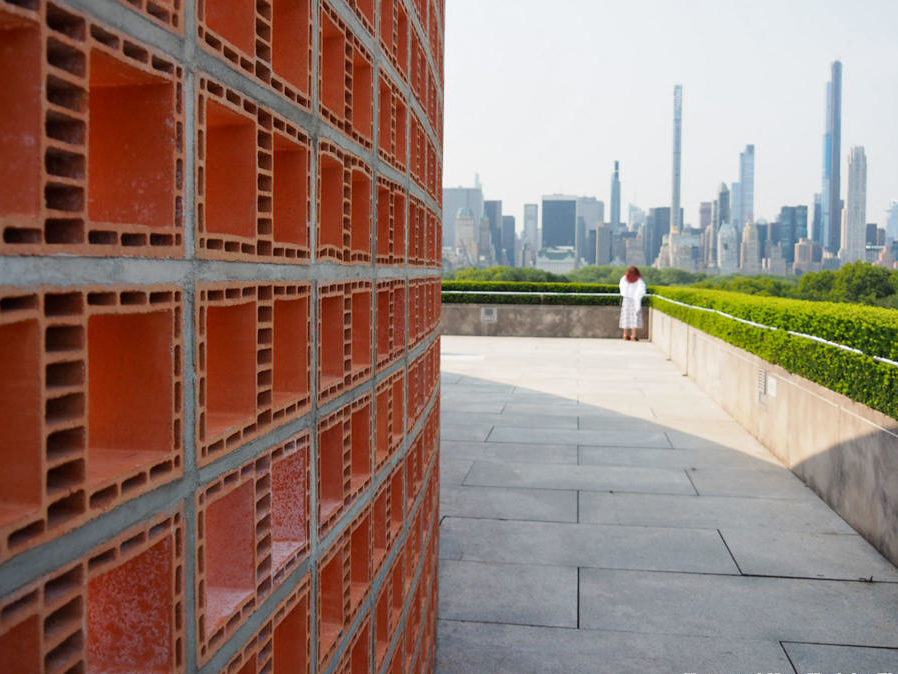

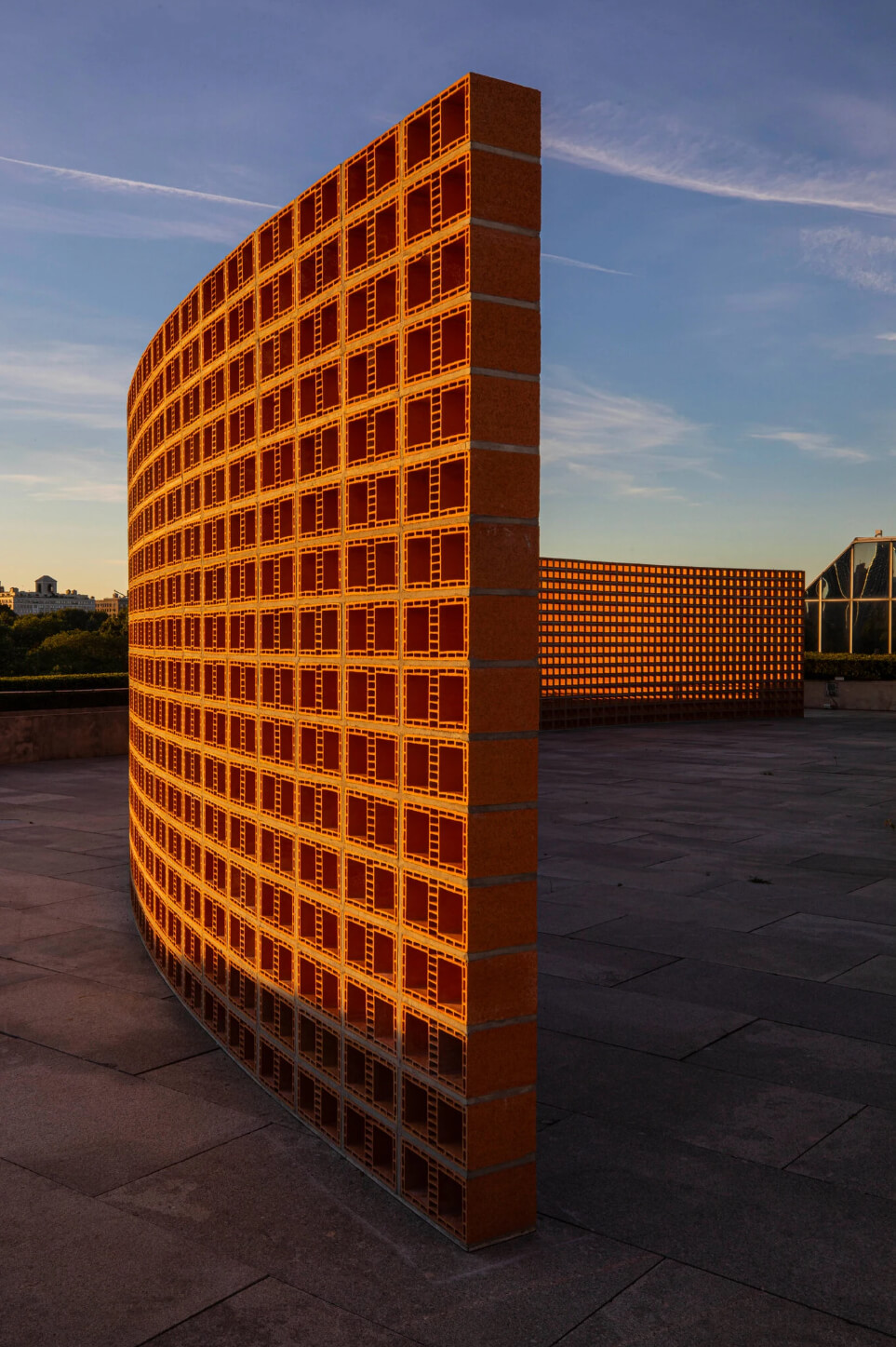
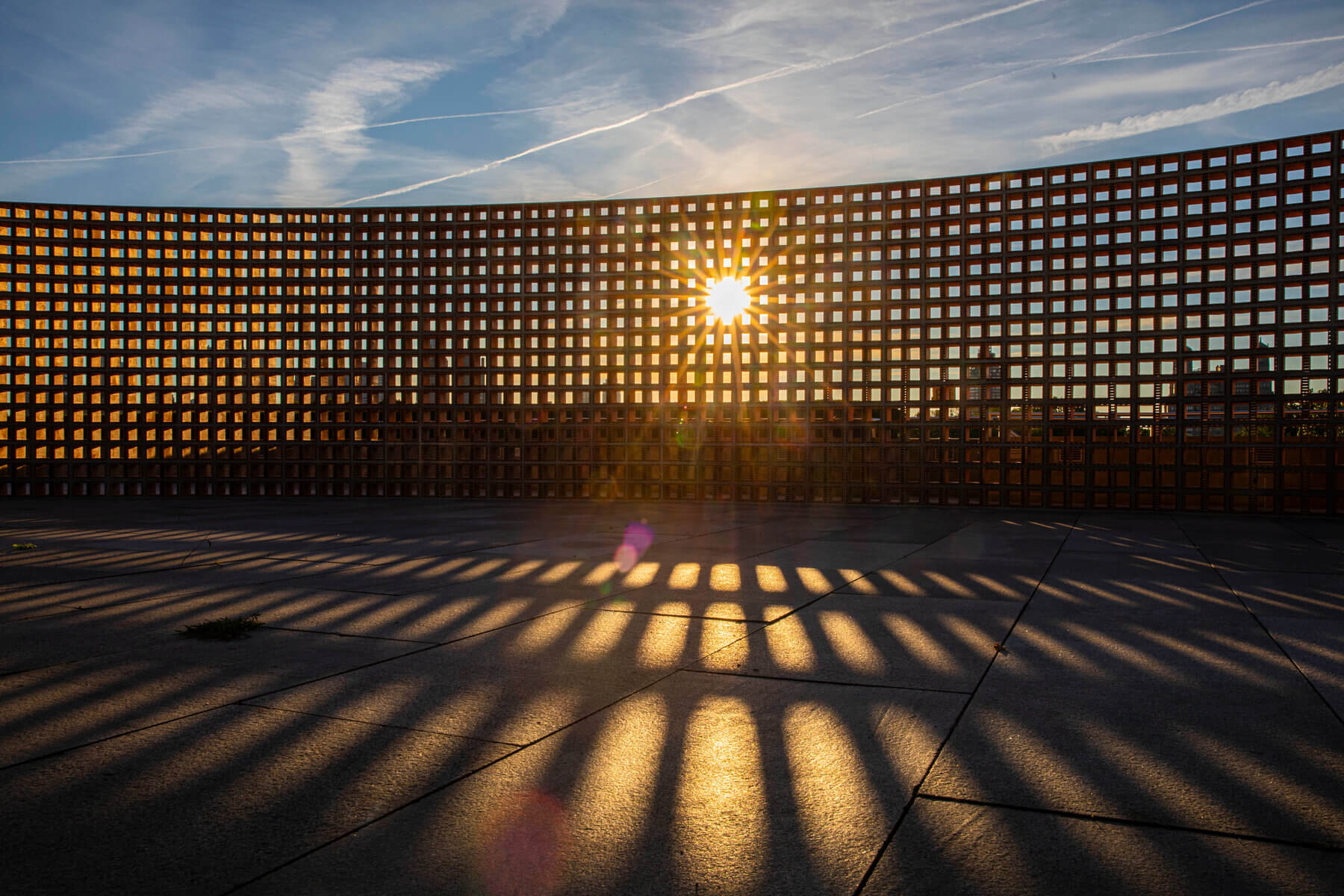
These elements suggest that the work’s role as a partition is equivocal. Through the grid of its openings, the gravity of the massive wall turns into a sensual and ethereal mesh. It is as if the wall itself is beckoning us to look through to the far side. In this way, Zamora invites us to reconsider the panoramic view and the implications of obstruction and permeability within a social space.
Text and images courtesy of the Metropolitan Museum of Art.
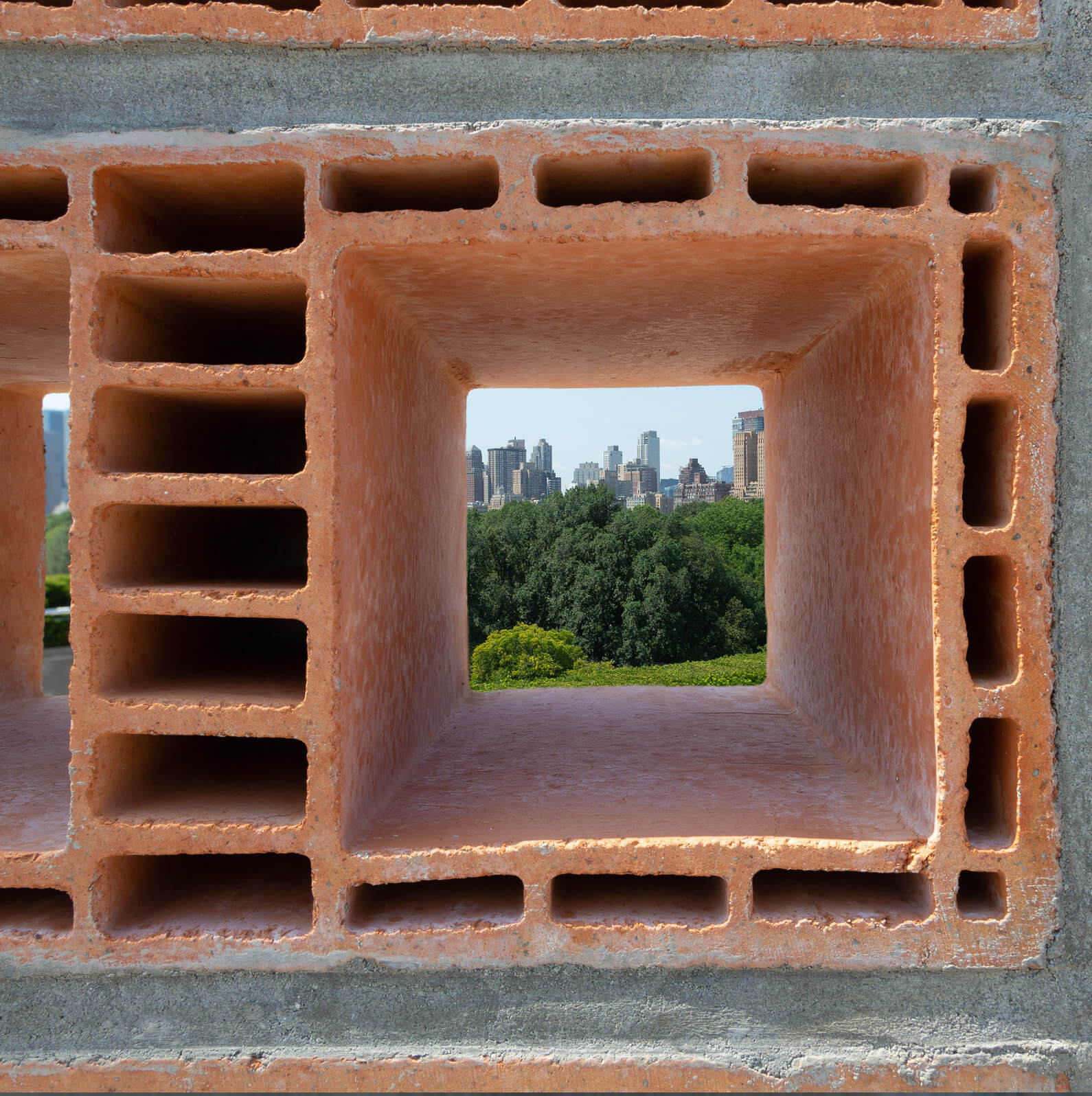
Add your valued opinion to this post.